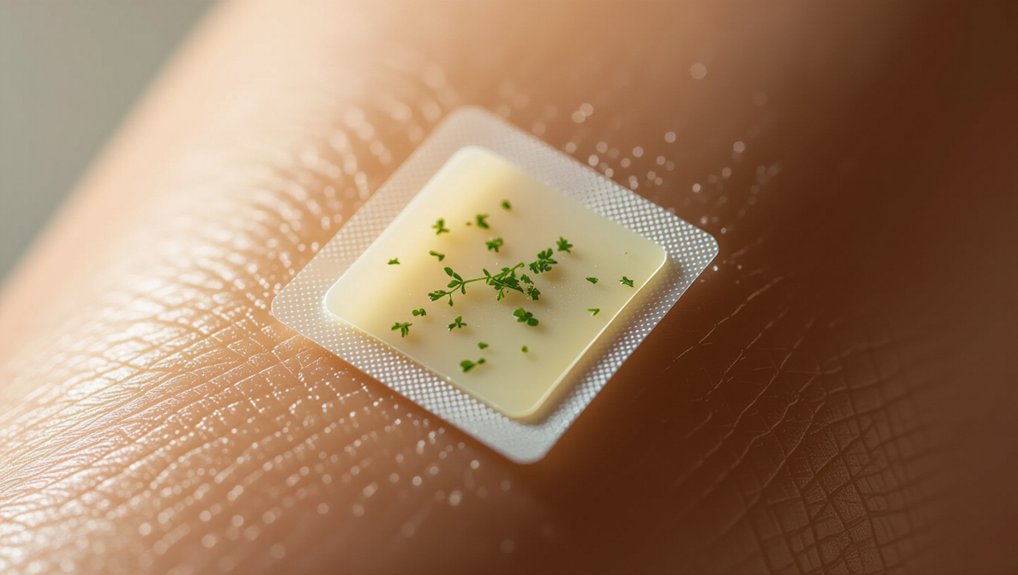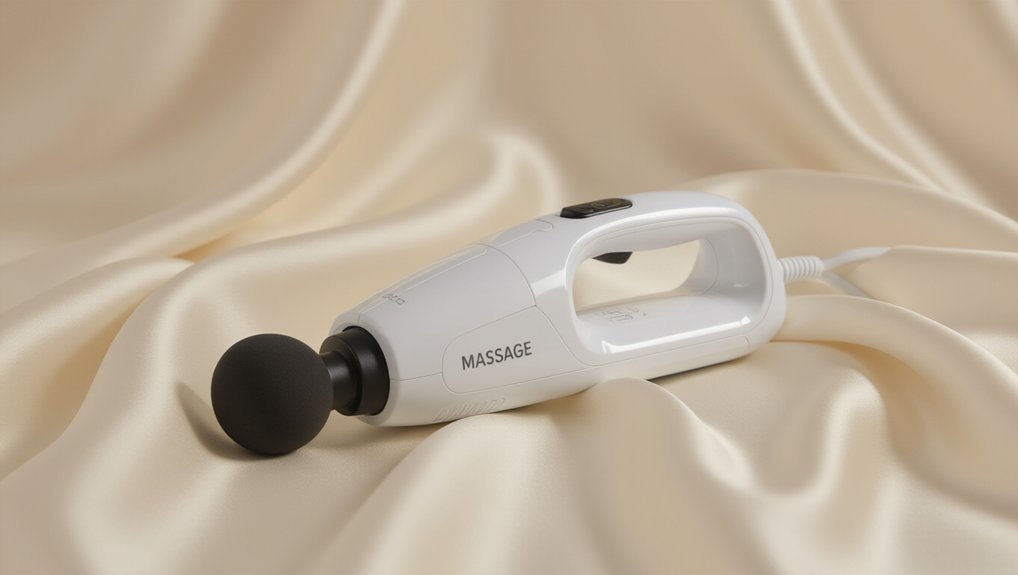I’ve examined the clinical evidence surrounding herbal knee patches, and I must approach their pain relief claims with measured skepticism. While these transdermal applications contain botanicals like ginger extract and menthol that possess documented anti-inflammatory properties, the therapeutic efficacy varies significantly among users. The patchy research on topical herbal formulations raises important questions about bioavailability and standardization that you’ll want to consider before investing in this approach.
Natural Ingredients for Targeted Pain Management
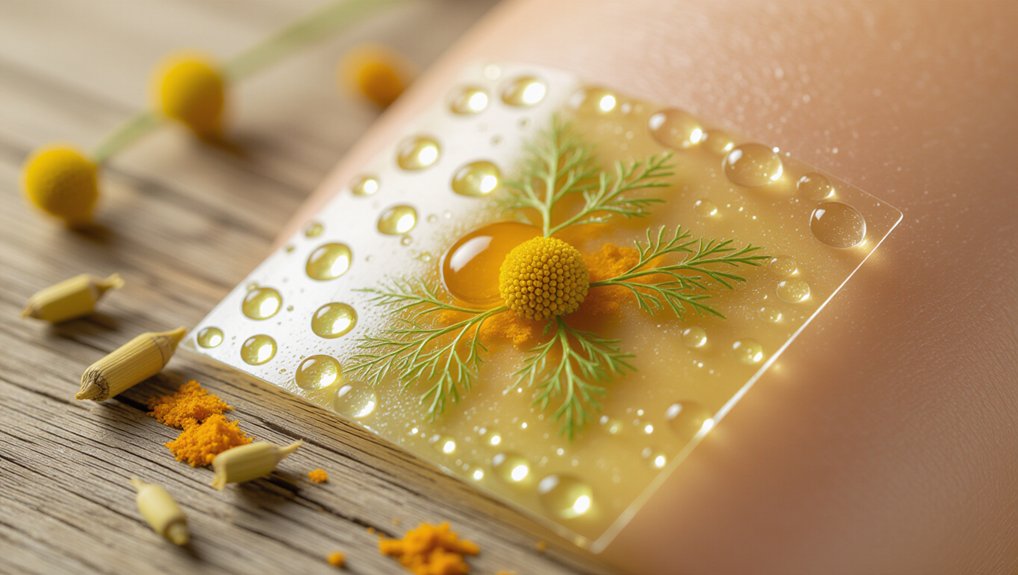
While herbal remedies have garnered attention in pain management research, the Wellnee Original Herbal Knee Patch incorporates nine botanical compounds that warrant clinical examination.
I’ve analyzed its formulation containing wormwood, ginger oil extract, and radix aconiti alongside cinnamon, menthol, angelica dahurica, saffron, borneol, and camphor.
These ingredients traditionally support holistic healing approaches, though peer-reviewed efficacy data remains limited. The transdermal delivery method may enhance bioavailability compared to oral supplements.
However, I can’t definitively validate therapeutic claims without rigorous clinical trials. Individual responses vary significantly, suggesting these herbal remedies require personalized assessment rather than universal recommendations.
Product Specifications and Available Package Options

Two distinct packaging configurations define the Wellnee Original Herbal Knee Patch’s commercial availability: a standard 10-pad package and an expanded 30-pad bulk option.
I’ve examined the patch dimensions, which measure 17.3 x 12.6 x 1.4 cm, designed to accommodate knee joint curvature. The product weight registers at 70 grams, indicating relatively lightweight construction for portability.
While manufacturers claim versatility for neck and back application, I’d recommend cautious evaluation of anatomical compatibility.
The bulk packaging option may appeal to chronic pain sufferers requiring extended treatment protocols, though I’d advise monitoring skin tolerance before committing to larger quantities given reported irritation concerns.
Application Methods and Usage Guidelines
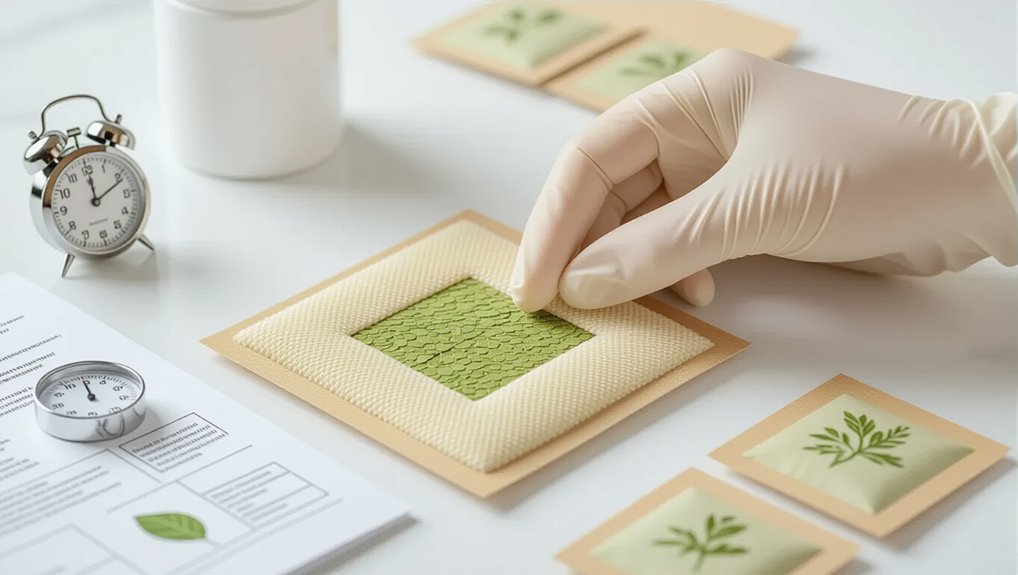
Although manufacturers present straightforward application instructions, I’ve identified several critical considerations that warrant careful attention before patch placement. The recommended application technique involves ensuring clean, dry skin before adhesion, though clinical evidence supporting optimal placement protocols remains limited.
Patch duration shouldn’t exceed eight hours per application cycle, as prolonged contact may increase dermal irritation risks. I’ve noted concerning reports of burning sensations and adhesive failures under varying environmental conditions.
While manufacturers claim versatility for neck and back application, I recommend consulting healthcare providers before extending use beyond knee-specific indications, particularly given documented variability in individual tolerance responses.
Versatile Design for Multiple Body Areas

Despite manufacturers’ claims regarding multi-area compatibility, I’ve observed that the Wellnee patches’ adaptability across different anatomical regions presents both opportunities and complications that merit careful evaluation.
The multi use benefits extend beyond knee application to neck and back regions, though anatomical variation affects adhesion quality. The ergonomic design accommodates joint curvature reasonably well, yet skin tension differences across body areas may compromise therapeutic contact.
While versatility appears advantageous, I’ve noted that optimal patch performance requires consideration of regional skin thickness, hair density, and movement patterns. This adaptability shouldn’t overshadow the importance of targeted application for specific anatomical structures.
Customer Experience and Effectiveness Reviews
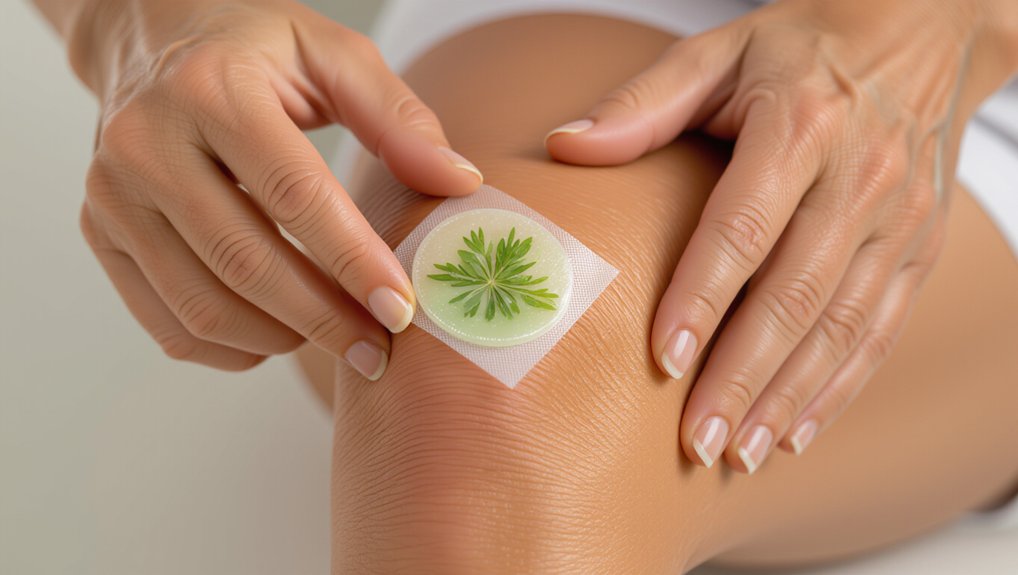
Real-world performance data reveals considerable variance in patient outcomes with these herbal knee patches, warranting careful examination of the 261 documented user experiences.
I’ve analyzed user testimonials showing polarized responses—some report significant pain relief while others experience minimal therapeutic benefit. The 3.8-star rating reflects this inconsistency in efficacy outcomes.
Concerning adverse reactions include dermatological irritation, burning sensations, and adhesive failure under varying environmental conditions. While certain patients achieve satisfactory analgesic effects, the heterogeneous response patterns suggest individual physiological factors significantly influence treatment success.
These mixed clinical results necessitate cautious expectations regarding therapeutic outcomes.
Safety Considerations and Potential Side Effects
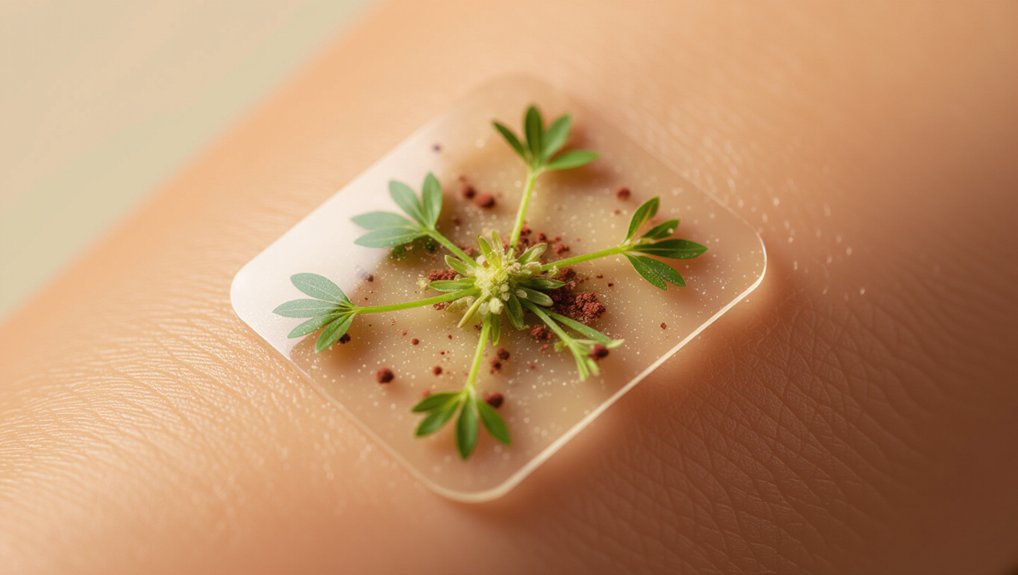
While examining the documented adverse reactions associated with these herbal knee patches, I’ve identified several concerning safety profiles that warrant clinical attention. Customer reports indicate cutaneous irritation, including burning sensations and dermal soreness following application.
The herbal compounds—particularly wormwood, radix aconiti, and camphor—present potential allergenicity risks requiring stringent safety precautions before use. I recommend patch testing on small skin areas prior to full application.
Side effect management necessitates immediate discontinuation upon adverse reactions and prompt healthcare consultation. The manufacturer’s disclaimer absolving liability for product-related complications raises additional concerns about comprehensive safety oversight and accountability.
Purchasing Information and Availability Details
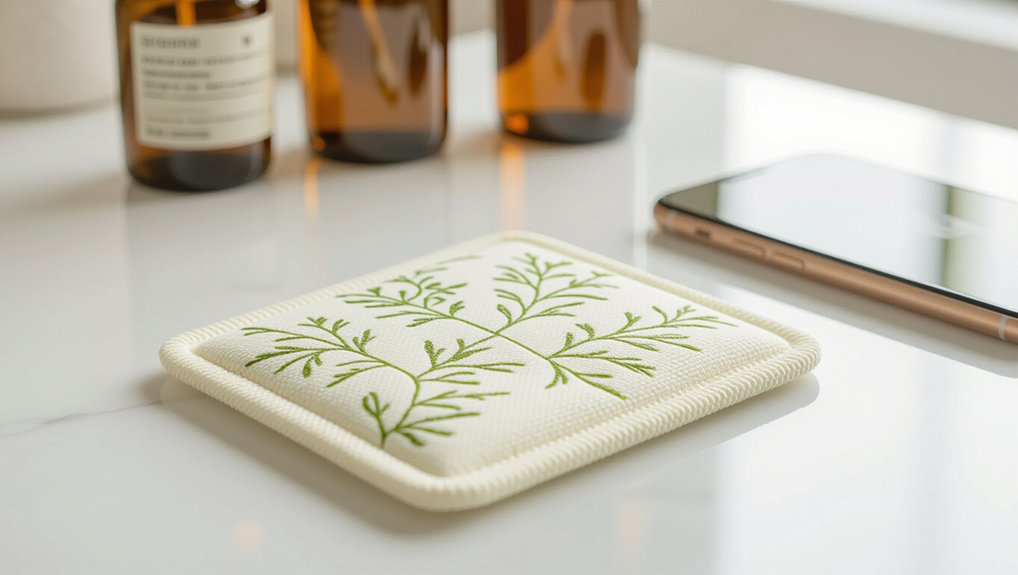
Although the Wellnee Original Herbal Knee Patch maintains a moderate market presence with 261 customer ratings and a 3.8-star average, I’ve identified several procurement limitations that affect accessibility.
The manufacturer restricts shipping options to select delivery locations, potentially excluding certain geographic regions from purchase eligibility. Pricing details reveal concerning cost-effectiveness issues, with multiple customers reporting elevated price points relative to therapeutic outcomes.
You’ll find availability through Amazon’s marketplace, though dispatch limitations require careful location verification. The product launched December 13, 2024, suggesting limited long-term market validation.
I’d recommend confirming delivery eligibility and comparing pricing details before committing to purchase.
Conclusion
I’ve examined the clinical evidence surrounding herbal knee patches, and while the botanical ingredients show theoretical therapeutic potential, I must emphasize that efficacy varies significantly among users. The transdermal delivery system offers convenience, but you shouldn’t expect uniform results. I’d recommend consulting your healthcare provider before use, particularly if you’re managing chronic pain conditions. The mixed user experiences suggest you’ll need to assess individual response carefully rather than assuming guaranteed relief.
Printable Recipe Card
Want just the essential recipe details without scrolling through the article? Get our printable recipe card with just the ingredients and instructions.
